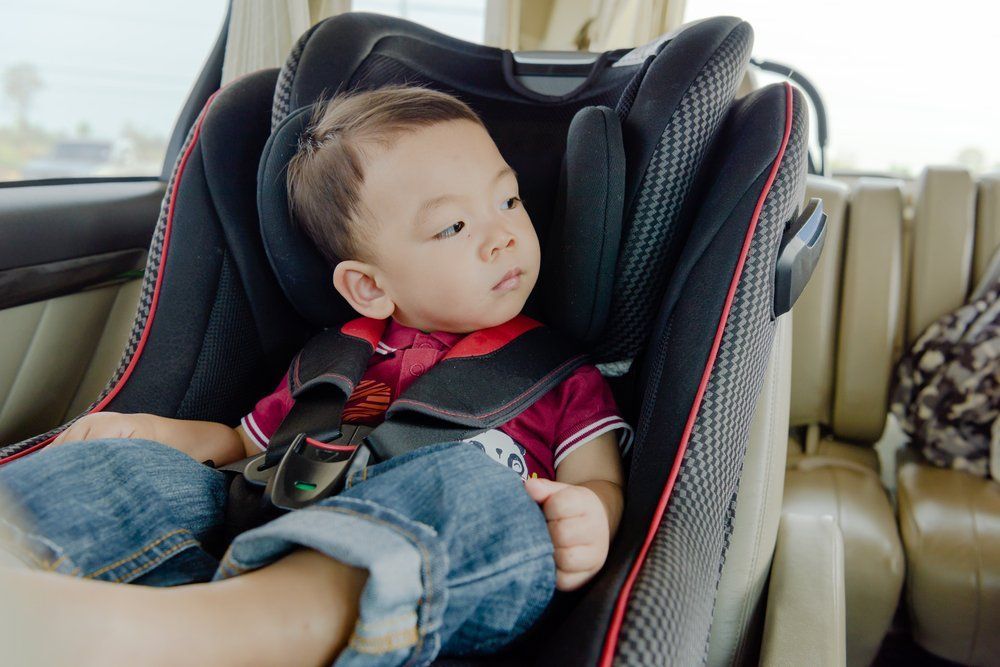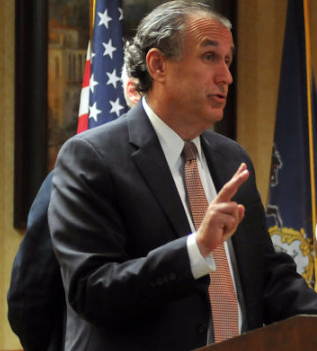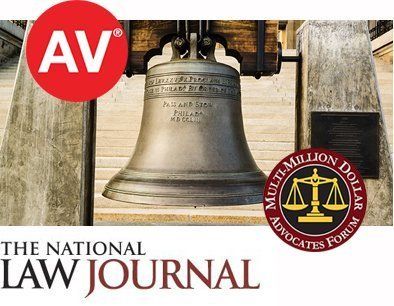Is It Safe to Move My Child into A Booster Seat While In A Car?
Many parents prefer to move their children from car seats into booster seats as soon as they meet the manufacturer’s minimum weight requirements. Car seats and other seats with five-point harnesses are usually bulky, heavy and hard to install properly. They also make it harder for your children to get themselves in an out of the seat, making simple trips to the local convenience store a complicated affair.
On the other hand, booster seats are small, easy to install and only require the child to be able to buckle a seatbelt. However, because of deficiencies in the way booster seats are tested, regulated and marketed, parents may not realize they are placing their children at an increased risk of catastrophic injury by using a booster seat, even if their child meets the minimum weight requirement.
According to the Centers for Disease Control, more than 600 children aged 12 and younger died as a result of a motor vehicle crash in 2015 and more than 121,000 were injured in motor vehicle crashes in 2014. The CDC reports that the proper use of child restraint systems such as car seats and booster seats can reduce the risk of death to infants by up to 71% and the risk of death to toddlers by up to 54%. However, poor safety testing, regulation and marketing have reduced the effectiveness of booster seats in preventing death and injury to children.
What Makes Booster Seats Unsafe?
Inadequate Regulations: All booster seats are required to be tested to ensure they comply with the Federal standard for child restraint systems issued by the National Highway Traffic Safety Administration: Federal Motor Vehicle Safety Standard 213. The minimum safety standards required by FMVSS 213, however, were originally intended for harness seats. While booster seats were added to FMVSS 213, the regulations still only require testing that is largely meant for harness seats from the early 80s. This is serious problem, as harness seats restrain the children in a very different way than booster seats.
The Federal law also only requires the seats to be tested to be safe for a child weighing up to 30 pounds. Many children riding in booster seats are well over 30 pounds. While state laws have been passed that mandate booster seats be tested to accommodate children up to 40 pounds, only 17 states have such laws.
Lastly, the Federal standards are often incomplete. For example, there are no standard tests to make sure the car’s seat belt falls into the right position on the booster seat.
Inadequate Testing:
The testing methods used by manufacturers to ensure booster seat safety have serious gaps, even when they are technically in compliance with the regulations. For example, many manufacturers use a testing dummy that weighs around 36 pounds and use these results to say the seats are safe for children over the 30-pound minimum set by the Federal regulations. However, they do not test or know how the booster seats perform when children weighing between 30 and 35 pounds are using them.
Many booster seats are also marketed as being side-impact tested. However, there are no federal standards for side-impact testing, and each company has its own testing standards that are not available to the public. There is simply no way for us to know what flaws may exist in their testing methods.
Inadequate Marketing:
Booster seat manufacturers often market their products as conforming to the “minimum safety requirements.” However, as we have outlined above, the requirements themselves are in serious need of updating and do not often extend to children over 30 pounds. Marketers and manufactures of booster seats also do not disclose the flaws in their testing methods, or the inadequacies in the regulations governing their products.
What Should I Do If My Child Was Injured in A Car Accident While Using A Booster Seat?
If your child suffered an injury from a car accident while using a booster seat, you need to contact an experienced attorney. DO NOT DELAY! There is a Statute of Limitations in Pennsylvania requiring that any car accident lawsuit be started within two (2) years of the date of the accident which has caused your injuries. If you do not bring a lawsuit within the applicable two-year period, any claim that you may have will be forever barred.
Car accidents involving booster seats are also more complicated than other car accidents. In addition to your claim against the other driver or drivers, you may have a products liability claim against the manufacturer of the booster seat for manufacturing defects, design defects, inadequate warnings and other products liability claims. These cases are extremely complicated and are often heavily litigated.
You need an experienced attorney to review the facts of your case to determine what kinds of claims you may make and identify the individuals and entities against which you can bring your claims. Your attorney also needs to have the resources and the perseverance to bring your case all the way to trial if necessary.
There are also other complexities involved booster seat cases you cannot ignore. There may be several different individuals and entities responsible for the defects in the booster seat, as several different companies may have had responsibility for the design, manufacture, and testing of the booster seat that caused your child’s injuries. Additionally, booster seats are governed by special federal and state laws and regulations which do not apply to other accidents. You need an attorney who has the experience and resources to fully investigate the accident and identify all the applicable laws and regulations.
At the Law Office of Alvin F. de Levie, Esq., our team has years of experience handling cases for those who have suffered catastrophic injuries. We have handled cases from Philadelphia and the surrounding counties to Allegheny County, including Blair County, Centre County, Lycoming County, Montour County, Mifflin County, Cambria County, Cumberland County and Dauphin County. If you have suffered a catastrophic injury, please call our firm – 24 hours a day, 7 days a week – at 844-777-2529 (Toll-Free) for a consultation. One of our team members will be in immediate contact with you and all conversations are kept completely confidential. We maintain offices throughout Pennsylvania in Philadelphia, State College, Bellefonte and Lock Haven, and we are willing to meet any clients throughout the Commonwealth.
As mentioned in the testimonials on our site, we are always available for our clients, whether in person, over the phone, via text or via email. We travel throughout Pennsylvania and we make it a priority to answer our clients' questions and to keep them informed of important developments in their cases.






























